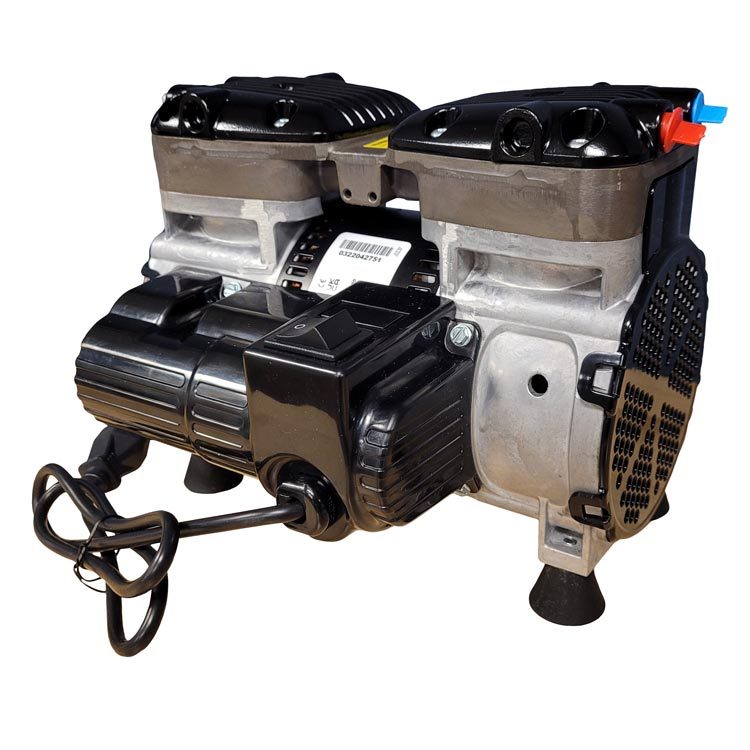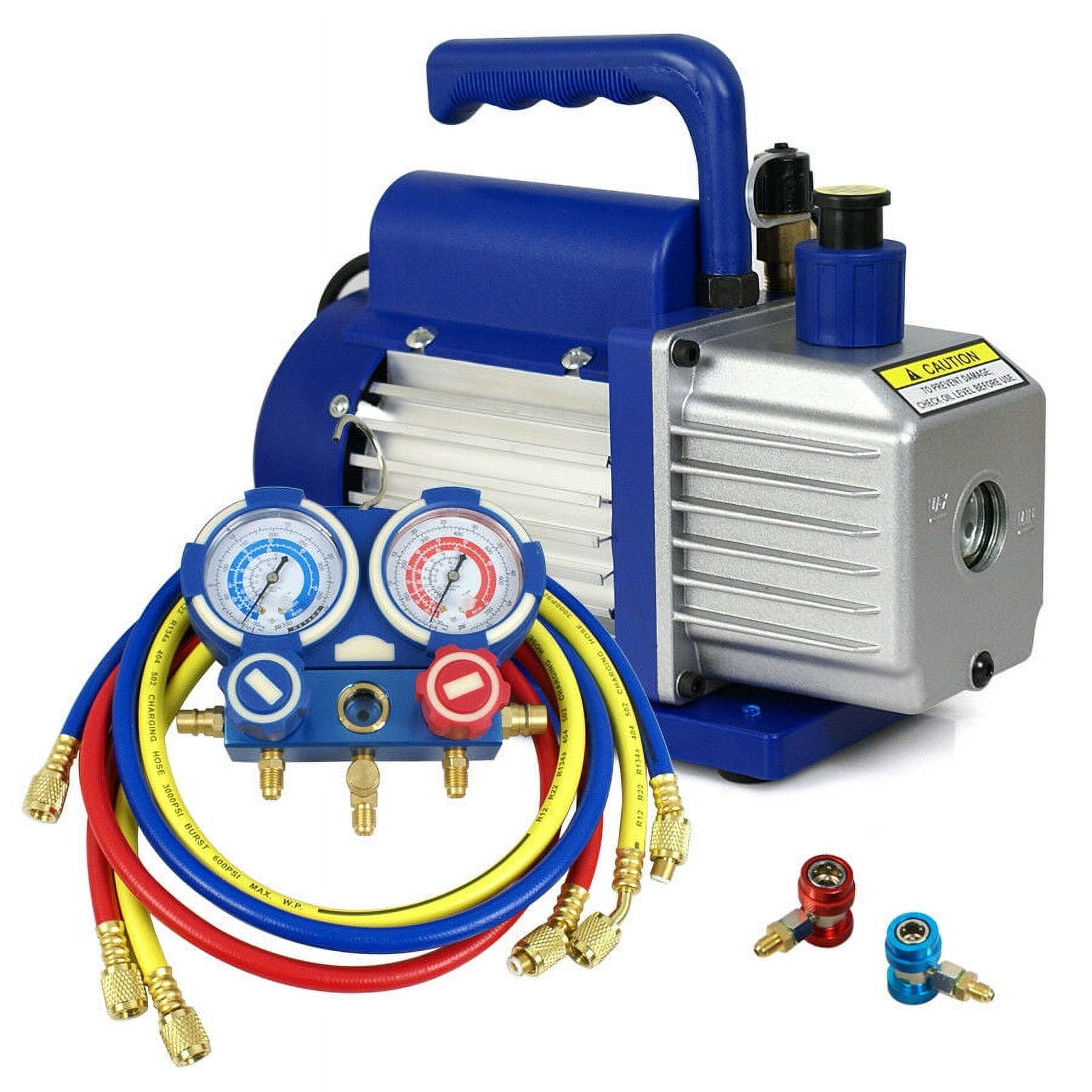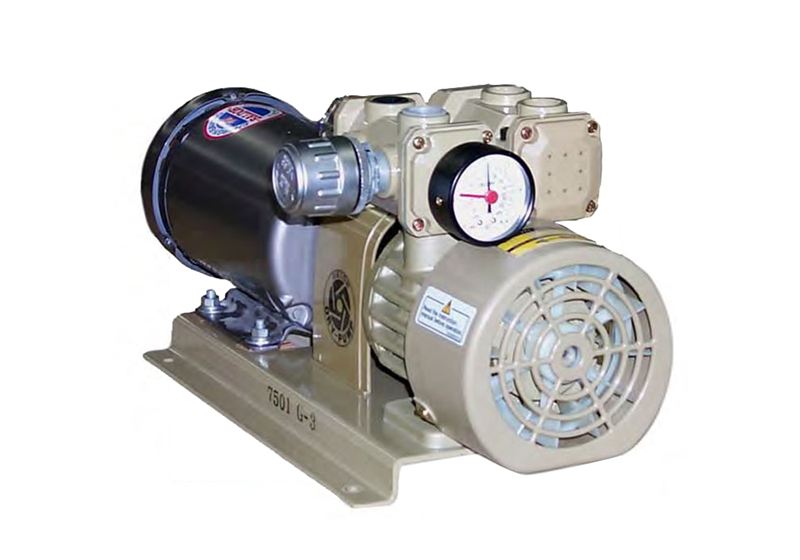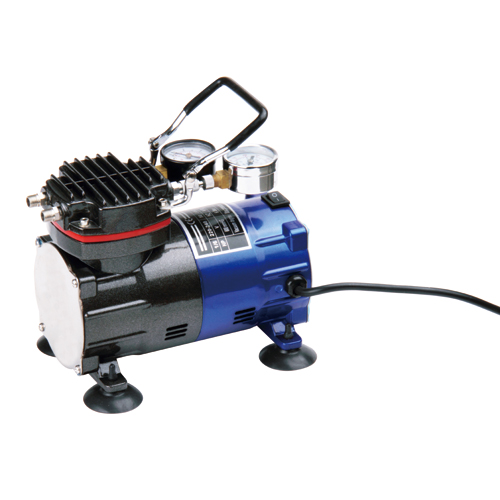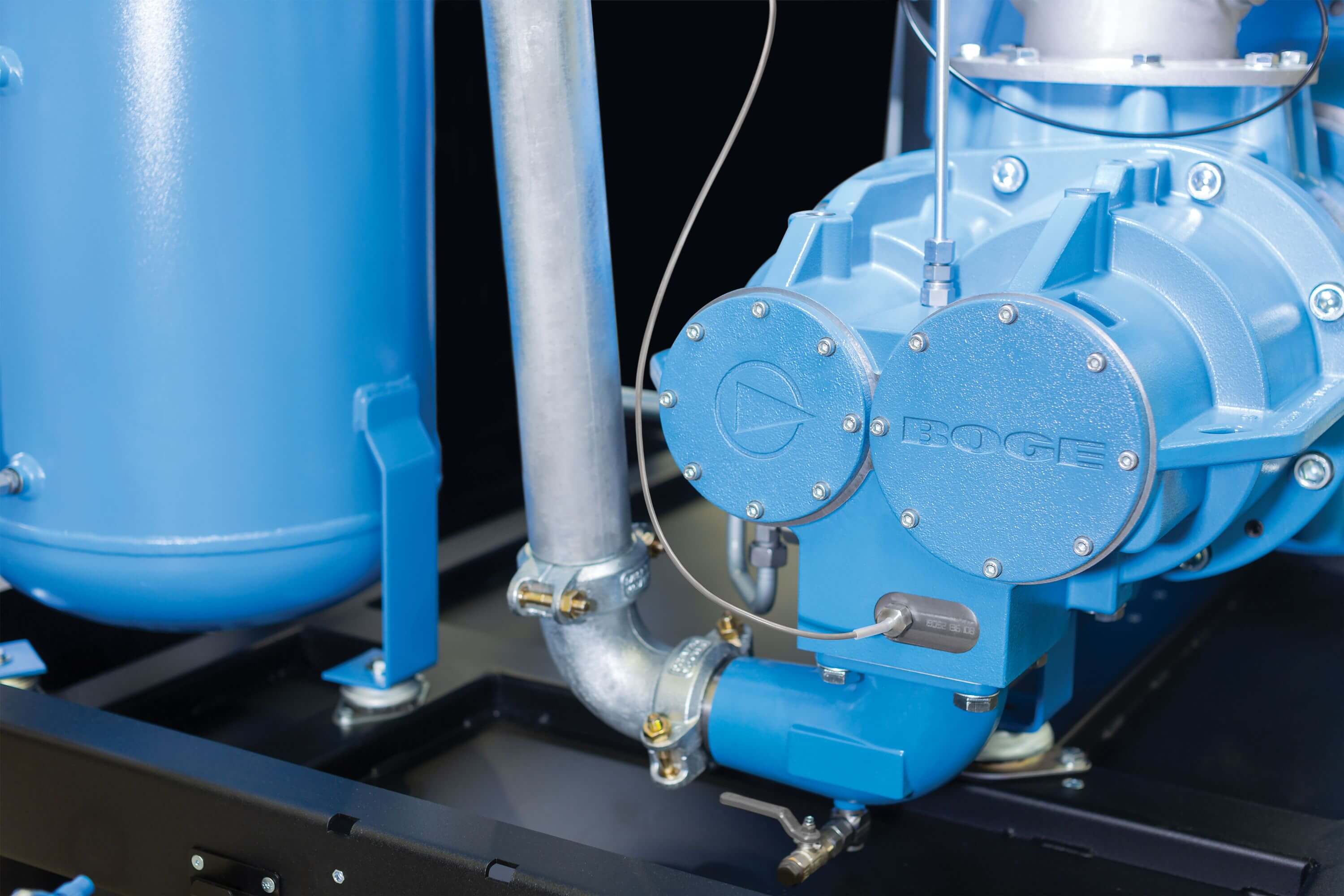Air Compressor And Vacuum Pump Combination

Imagine a world where the clatter of separate machines fades, replaced by the hum of a single, efficient unit tackling multiple tasks. Picture your workshop, once cluttered with various devices, now streamlined with space to spare. This isn't a scene from a futuristic movie; it's the present reality unfolding with the rise of the air compressor and vacuum pump combination.
The convergence of these two essential tools into a single device marks a significant shift in how industries and hobbyists alike approach tasks requiring both compressed air and vacuum functionality. This innovative combination promises enhanced efficiency, reduced costs, and a smaller footprint, revolutionizing workflows across various sectors.
A Tale of Two Technologies, Now One
For decades, air compressors and vacuum pumps have served as indispensable tools in countless applications. Air compressors, as their name suggests, compress air, storing it for use in powering pneumatic tools, spray painting, and inflating tires. Vacuum pumps, on the other hand, create a partial vacuum by removing air or gas from a sealed space, crucial for processes like vacuum forming, medical suction, and scientific experimentation.
Historically, these devices operated as separate entities, each requiring its own power source, maintenance schedule, and dedicated space. This arrangement often led to inefficiencies, particularly for users who regularly needed both compressed air and vacuum capabilities.
The development of the air compressor and vacuum pump combination represents a natural evolution, driven by the desire for greater efficiency and space optimization. By integrating both functionalities into a single unit, manufacturers have addressed the challenges associated with managing separate machines.
The Nuts and Bolts: How They Work
The core principle behind these combination units lies in clever engineering. Typically, a single motor drives both a compressor and a vacuum pump, often utilizing a shared internal mechanism or cleverly designed valve system.
Some designs feature a dual-chamber system, where one chamber compresses air and the other creates a vacuum. Others employ a reciprocating piston that performs both functions during its cycle. Regardless of the specific design, the goal remains the same: to deliver both compressed air and vacuum power from a single, unified source.
Advanced models often incorporate electronic controls that allow users to switch seamlessly between compression and vacuum modes, adjusting pressure and vacuum levels as needed. These features further enhance the versatility and usability of the combined unit.
Applications Across Industries
The benefits of combining air compressors and vacuum pumps extend across a wide range of industries. In the automotive sector, these units can power pneumatic tools for repairs while also providing vacuum for brake bleeding and fluid extraction. This is a win-win for efficiency and space saving!
Woodworking enthusiasts can use them to power nail guns and spray finishes while simultaneously utilizing vacuum clamping systems to hold workpieces securely. This adds another layer of utility to the workshop.
Medical laboratories rely on these combination units for both compressed air to operate equipment and vacuum for aspiration and filtration processes. This helps meet the stringent requirements for a medical environment.
Even in the food and beverage industry, the dual functionality proves invaluable for packaging applications, combining pneumatic sealing with vacuum packaging techniques. This allows for enhanced freshness and quality.
Benefits Beyond Functionality
Beyond their versatility, air compressor and vacuum pump combinations offer several key advantages. One of the most significant is space saving. Combining two machines into one reduces the footprint, freeing up valuable workspace in workshops, garages, and industrial settings.
Cost efficiency is another major draw. While the initial investment may be higher than purchasing separate units, the long-term savings in energy consumption, maintenance, and operating costs can be substantial.
Simplified maintenance is yet another advantage. With fewer components to manage and maintain, these combination units can streamline maintenance schedules and reduce the risk of downtime.
According to a report by *Global Market Insights*, the market for industrial air compressors is expected to witness significant growth in the coming years, driven in part by the increasing demand for energy-efficient and space-saving solutions. This trend suggests that the popularity of air compressor and vacuum pump combinations is likely to continue to rise.
Challenges and Considerations
Despite their numerous benefits, air compressor and vacuum pump combinations also present certain challenges. One of the primary concerns is the complexity of the design, which can make repairs more intricate and require specialized knowledge.
Noise levels can also be a factor, as some combination units may produce more noise than separate compressors or vacuum pumps. However, manufacturers are actively working to address this issue by incorporating noise-dampening technologies into their designs.
Selecting the right combination unit for a specific application requires careful consideration of factors such as the required air pressure, vacuum level, flow rate, and duty cycle. It is essential to consult with experts and compare different models to ensure optimal performance and longevity.
Looking Ahead: The Future of Combined Technologies
The air compressor and vacuum pump combination is more than just a passing trend; it represents a fundamental shift towards integrated solutions in various industries. As technology continues to advance, we can expect to see even more sophisticated and versatile combination units emerge, offering greater efficiency, performance, and user-friendliness.
Further integration with smart technologies, such as remote monitoring and predictive maintenance, will likely become increasingly common, allowing users to optimize performance and minimize downtime. This would be especially attractive to large companies!
The development of quieter and more energy-efficient models will also be a key focus, addressing some of the current challenges and further enhancing the appeal of these combined technologies. This will make them even more common.
A Breath of Fresh Air (and a Vacuum of Possibilities)
The rise of the air compressor and vacuum pump combination signals a new era of efficiency and innovation in industries and workshops around the globe. By merging the capabilities of two essential tools into a single, streamlined device, these units are empowering users to accomplish more with less.
As we move forward, expect this technology to become even more integrated into the toolkit of professionals and hobbyists alike. The hum of a single machine efficiently providing both compressed air and vacuum power will soon become the soundtrack of progress.





